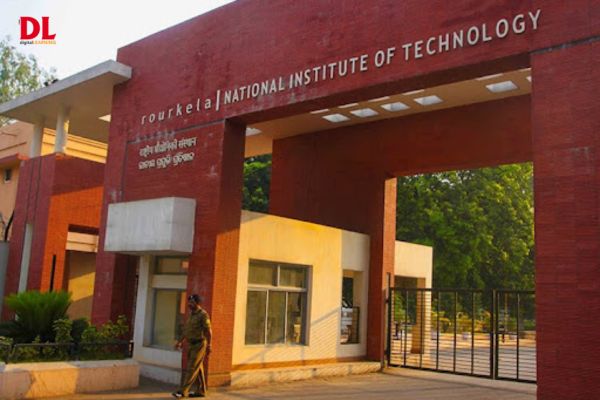
In its efforts to promote clean energy, a research team from National Institute of Technology (NIT Rourkela) has innovated a low-cost technology to extract maximum power from solar panels under changing weather conditions. Under the guidance of Prof. Susovon Samanta, Associate Professor, Electrical Engineering, Ms. Satabdi Bhattacharya, PhD Student, and Ms. Madhusmita Barik, Dual Degree Student, NIT Rourkela, have achieved this innovation in order to make solar power systems more efficient, affordable, and reliable.
Supported by the Department of Science and Technology (DST) under the Clean Energy Research Initiative (CERI), the research team has been granted a patent for the developed technology. Solar panels produce electricity from sunlight, but the amount of power they generate changes throughout the day due to shifts in temperature and the intensity of sunlight. To ensure they always produce the most energy possible, solar systems use a technique called Maximum Power Point Tracking (MPPT).
This is a smart system that helps solar panels produce the most electricity possible by adjusting voltage and current based on sunlight and temperature changes. It consists of a microcontroller that runs the MPPT algorithm, sensors to measure voltage and current, and a DC-DC converter that regulates power flow.
The system continuously monitors the solar panel’s output and makes minor adjustments to keep it operating at peak efficiency, ensuring minimal energy waste. Traditional MPPT methods can waste energy and respond slowly when weather conditions change. They also require expensive current sensors, making them less affordable for low-cost solar setups.
To overcome these limitations, Prof. Samanta’s team has developed a voltage sensor-based MPPT method that eliminates the need for current sensors, reducing system complexity and cost. Their approach uses a simple voltage sensor or a resistor divider circuit to track the Maximum Power Point (MPP) more accurately while maintaining stable and efficient steady-state operation, leading to improved tracking efficiency and better PV energy harvesting. Eliminating the need for costly current sensors, reduces costs and makes it a good fit for affordable and small-scale solar projects.
Also Read: CSC Olympiad 5th edition: 280,000 rural students participated with 163 winning scholarships
In addition to this, the developed innovation can also be used in –
- Solar-powered IoT devices such as weather sensors and remote communication towers, where maintaining reliable energy output is crucial.
- Affordable consumer solar products like home lighting systems and portable solar chargers, where cost and efficiency are key considerations.
- Microgrid and off-grid energy solutions, providing a stable and reliable power source in remote or rural areas.





















